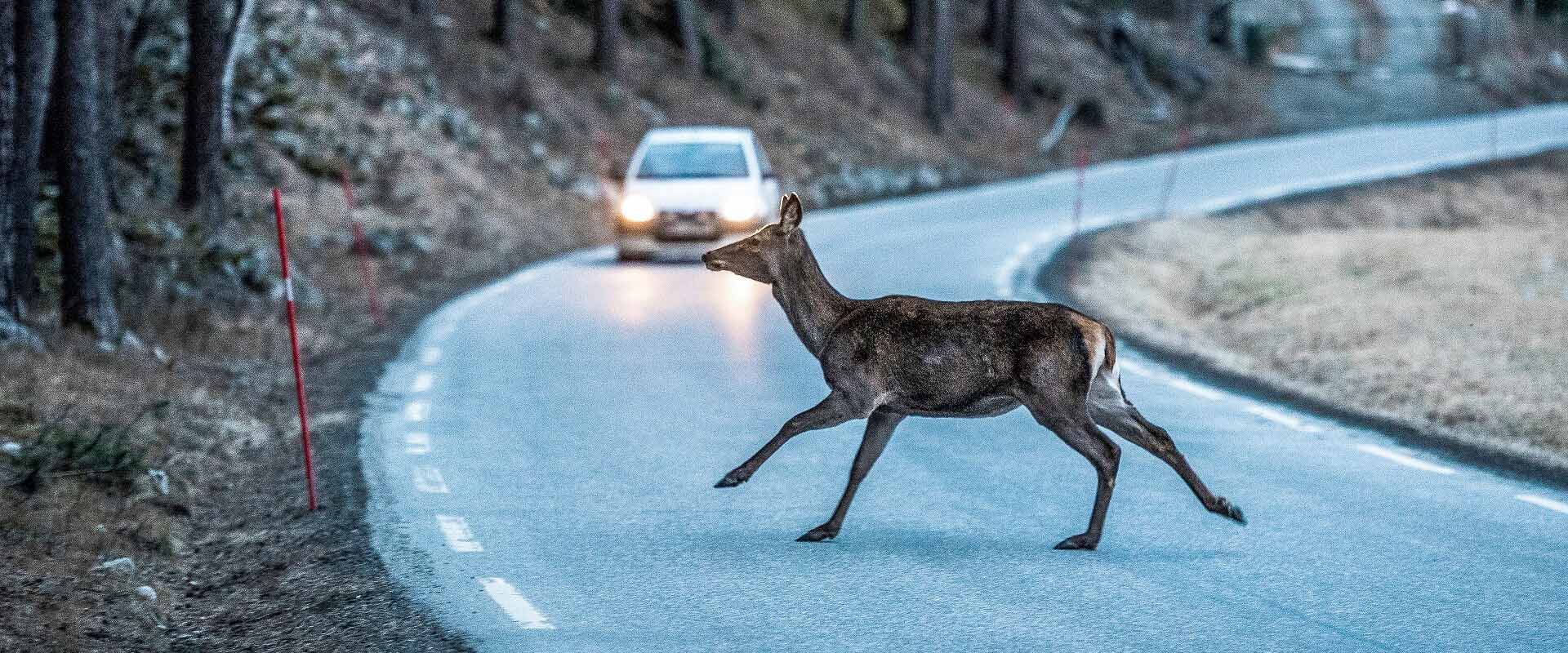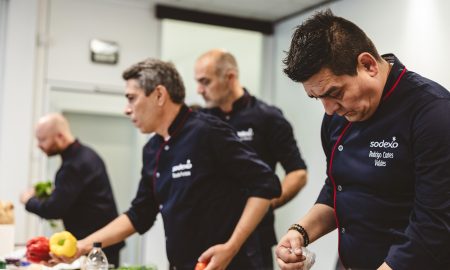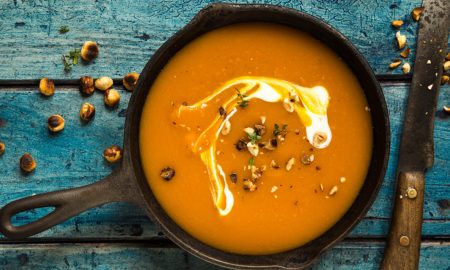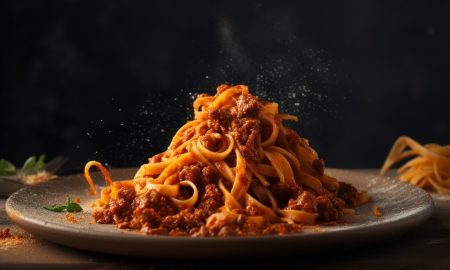Early in the morning is the best time to start looking, says John. The things he looks for on his journeys along British motorways shouldn’t be in the sun for too long. He says that there is a strong likelihood of coming across a suitable find. Nevertheless, it takes four hours before his companion, Youtuber Max Fosch, stops the car. “I think I’ve seen something.” He is right. There is a magnificent example of a female pheasant on the hard shoulder. It is still warm. It doesn’t get any fresher than that.
Roadkill – road to plate
At the latest since the start of the 21st century, the “Farm to Table” approach has been adopted by more and more environmentally conscious chefs. For years, however, there has been a trend in many places towards an even more radical way of procuring ingredients: road to plate. Believe it or not, roadkill is becoming increasingly popular. And not just among survival fanatics and idiosyncratic hicks.
Cooking meat that comes from animals that have been accidentally killed is more ethically acceptable than meat from livestock farms. Sounds logical, but the idea is met with disgust by many “normal consumers”. Is this an unfair prejudice?
Sieh dir diesen Beitrag auf Instagram an
Should you take animals you accidentally kill on the road with you?
Every year, millions of animals die on roads in Europe. To be more precise: 194 million birds and 29 million mammals. In Germany, almost 200,000 deer were killed in road accidents in 2020. No wonder that people are thinking about using these animals as food.
Sieh dir diesen Beitrag auf Instagram an
The right to take roadkill with you for your own consumption depends on the laws of the relevant country. In Germany, for example, only the landowner or the responsible hunter may take a wild animal killed on the road with them to cook. If you take a dead deer with you without informing the hunter, you make yourself liable for poaching charges. And you definitely can’t sell large or small game that hasn’t been killed by shooting.
The rules are different in the USA. Many Federal States allow you to take roadkill with you. In Wyoming, there is even an app for this very purpose: In order to be able to take any game you hit with you, you simply need to report the accident via the app. Only endangered species, such as grizzly bears and some wolves, are off limits. That’s why real subcultures surrounding the consumption of roadkill have developed in the USA, England and Australia. In West Virginia, there is even a Roadkill Festival where like-minded people gather to enjoy roadkill delicacies – there is even a cooking competition.
Roadkill on the plate
The pheasant mentioned at the beginning also plays an even bigger role in this story. Max Fosch, who likes to push boundaries and hold a mirror up to the viewers in YouTube videos, has big plans for the roadkill he has found.
The result is a video showing three prominent foodies, including the former Michelin-star chef James Cochran (mentioned in the Michelin Guide with his new restaurant 12.51) tasting a three-course menu with pheasant. The twist: Max only told the unsuspecting guinea pigs the meat had been found on the motorway after they had tasted the dishes.
The critics reacted surprisingly well to this. The only criticism related to the technical execution of one of the dishes (the deep-fried pheasant was too dry). But Cochran said he could at least imagine one of the dishes on the menu in his own restaurant. The big surprise: Vanilla ice cream with chocolate sauce and pheasant liver is a successful combination that even impressed Cochran.
So could the roadkill trend soon find its way into Michelin-star cuisine?
This is rather unlikely. But roadkill cuisine may become more widely accepted by the general public through media presence and videos like those from Fosh. But if you’ve gotten a taste for it, there are a few things to consider.
It goes without saying that wild animals are often infected with diseases and parasites, so a thorough examination before consumption is essential. The meat should also be cooked well-done where possible. There are a wealth of instructions outlining how to butcher a carcass and recipes for all kinds of animals. But caution: This is not for weak stomachs.
- PHEASANT: 113 KCAL / 3G FAT
- HARE: 114 KCAL / 2.4G FAT
- SQUIRREL: 119 KCAL / 3.5G FAT
- POSSUM: 221 KCAL / 10.6G FAT
- RACCOON: 211 KCAL / 11.8G FAT
- FROG LEGS: 73 KCAL / 0.3G FAT
*Per 100 g uncooked meat. Sources: University of Wyoming “USDA National Nutrient Database”; University of Wyoming: “Nutritional Content of Game Meat”; University of Kentucky: “Wild Game: From Field to Table”















